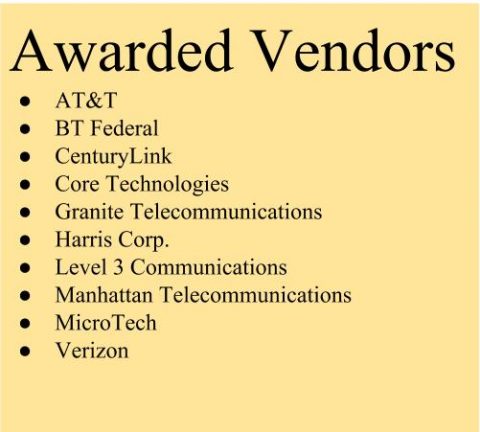Schedule 736: Enhancement Proposal
GSA Region 2 FAS Intends to Re-organize 736 for Usability
GSA has proposed enhancements to Schedule 736 to make it more customer-friendly and offer greater visibility to occupations and categories under the schedule. The Schedule will be streamlined to two SINs, one for Wage-Grade Occupations (736-1) and one for Professional Labor Categories (736-5).
Vendors under 736-2 through 736-4 will be consolidated under the two primary SINs based on current offerings. The three redundant SINs will be deleted after the migration. The solicitation will be updated to reflect current regulations regarding temp help. It will also include a new ordering guide for customers.
Vendors who offer both Wage-Grade Occupations and Professional Labor Categories will be required to separate out their offerings, as well as create and submit a new pricelist to facilitate the changes. This can be done through eMod. Prices and labor categories should not change at this time.
The SIN descriptions will be enhanced to show the entire List of Occupational Categories based on the DOL Occupations Directory.
The goal is to increase schedule use in a time when full time hiring is greatly decreased.
What do you think of the changes?

